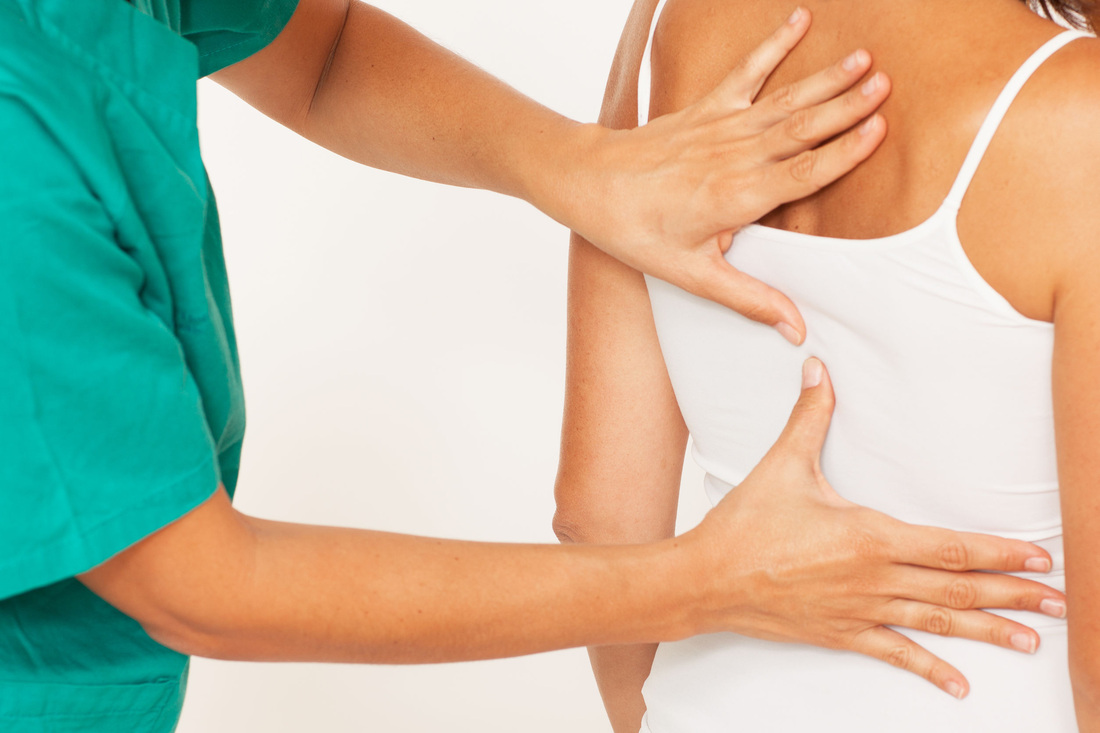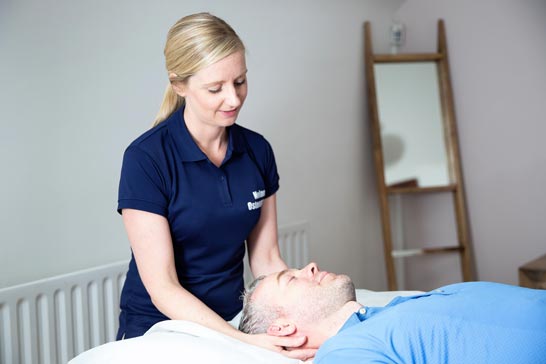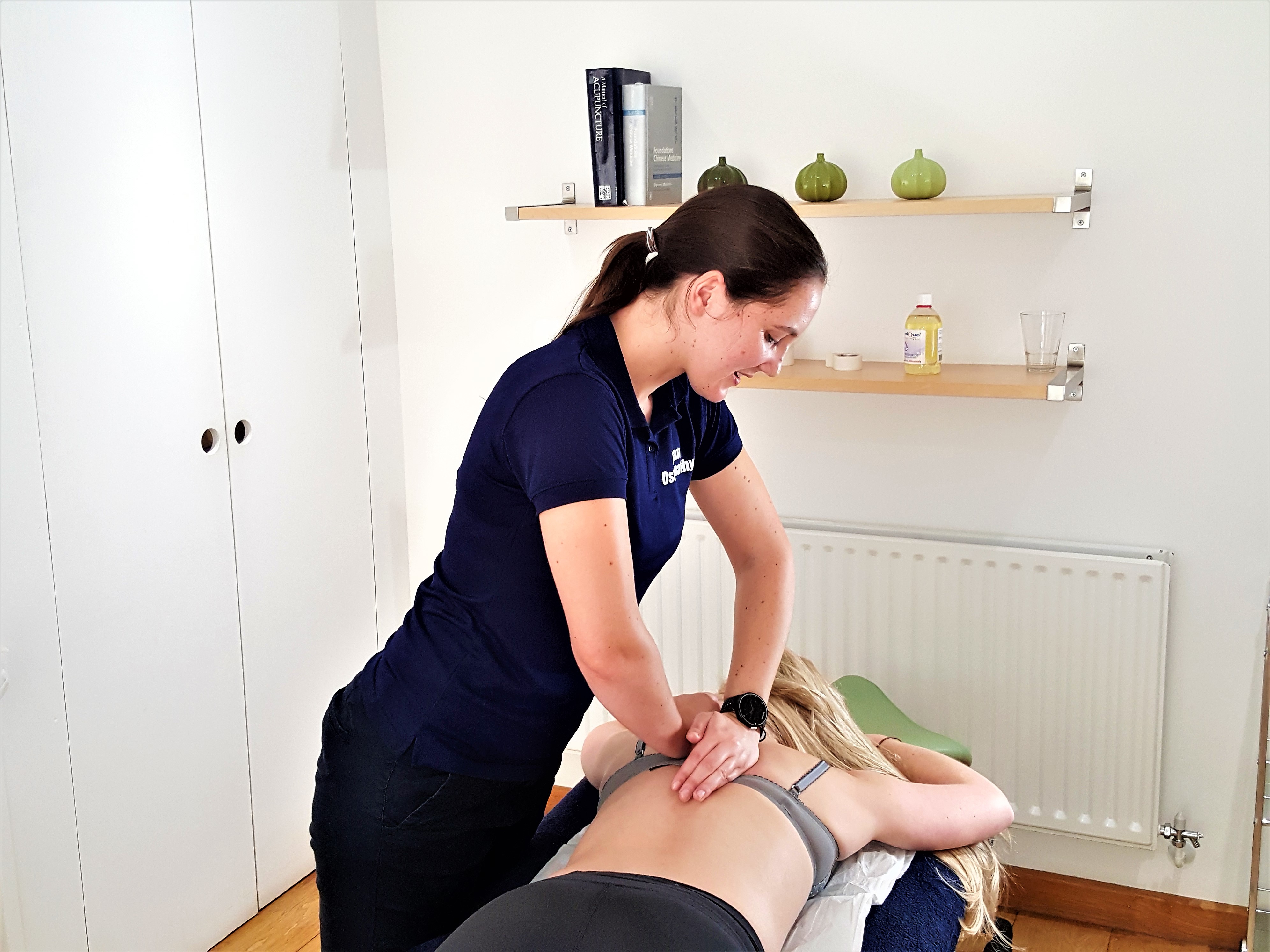Knee Pain – How Osteopathy Can Help
March 1, 2018
Maria Nolan

We’ve had several enquiries to our clinics in recent weeks wondering if we were able to help with knee pain so we thought now was a good time to write a blog explaining a little bit more about some of the more common knee problems we treat.
Firstly here’s a little bit of trivia for you. The knee is the largest joint in your body. Because it is also one of the major weight-bearing joints in your body, it can be prone to frequent injury.
On average, I would say we see at least 5 patients a month who have knee problems. Some came to us resigned to having surgery to alleviate the pain but actually in many cases, the advice, treatment and exercises offered by our osteopaths can make a significant difference.
In our experience, here are some of the most common causes and symptoms of your knee pain.
– Sprains and Strains: this can result from overstretching or twisting your knee and often happens in the gym or while playing sports
– Muscle Imbalances: The patella or kneecap should move in a groove on the front of the femur (the thigh bone). Imbalances between or within the glute, hamstring and quad muscles can affect the kneecap’s ability to move properly
– Tendonitis: typically caused by repetitive jumping or running and it is likely you have tendonitis if you have pain between your kneecap and shin
– Torn ligament, tendon or cartilage damage: very likely if your knee is unstable when you try to stand and you can’t straighten it. You may also have heard a popping noise when you injured yourself
– Osteoarthritis: more common in older people and causes pain and stiffness in one or both knees resulting in reduced physical function. Younger people can also be affected, especially if there has been a previous injury to the knee joint.
Other less common causes of knee pain are;
– Osgood-Schlatter’s Disease: pain and swelling below the kneecap, which typically affects teenagers and young adults
– Gout: this is where the knee joint is hot and inflamed. It can come on suddenly and is a very painful condition
So how do our osteopaths treat knee pain?
When examining the joint, we will be looking for signs of swelling, signs of heat and signs of misalignment of the joint. While our ultimate aim is to resolve the underlying cause of your knee pain, we will also be looking at ways to improve your mobility and range of movement through soft tissue work, gentle massage and through stretching exercises.
Medical acupuncture is another technique that we use at Nolan Osteopathy to treat knee problems, which has proven to be very effective for some of our patients.
I hope you found this information interesting and helpful. If you have any questions about the above, please don’t hesitate to get in touch and we will be happy to help in any way we can.
Thanks for reading,
Maria





